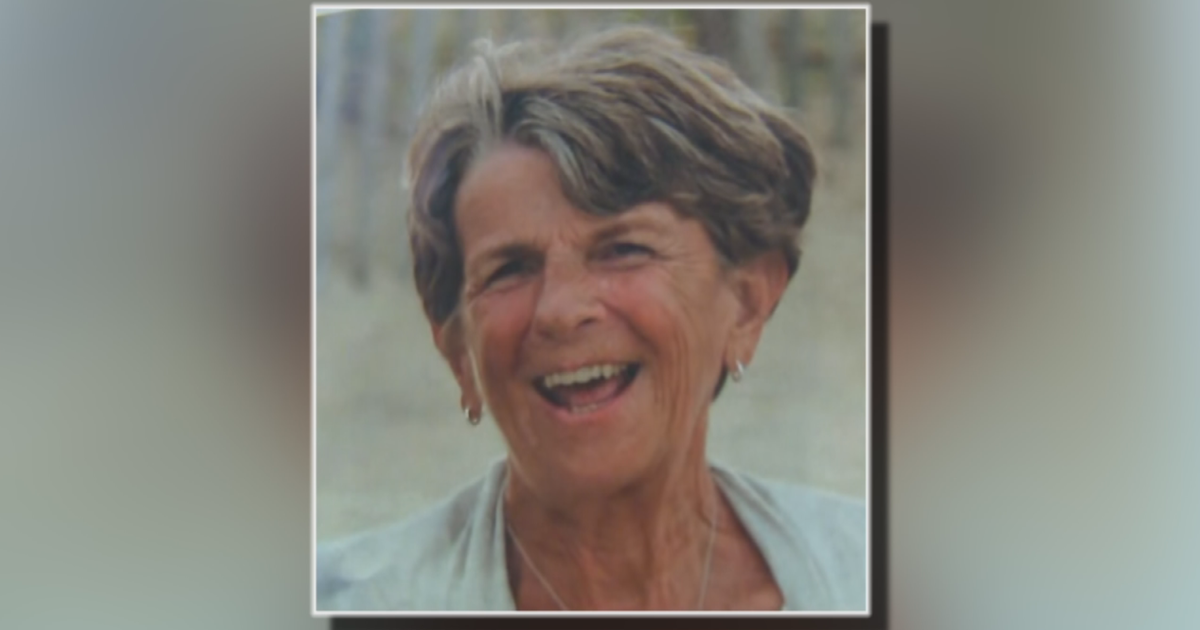Science, Care Preserve D.C.'s Original Cherry Trees
WASHINGTON (AP) -- The pink and white cherry blossoms that color the nation's capital and draw a million visitors each spring began with trees that have survived for a century.
It was 100 years ago this month when first lady Helen Taft and the Viscountess Chinda, wife of the Japanese Ambassador, planted two Yoshino cherry trees on the bank of Washington's Tidal Basin. They were the first of 3,000 planted as part of a gift from the city of Tokyo as a symbol of friendship. The original pair still stands, though gnarled and showing their age, along with about 100 of the original trees transported from Japan.
Arborists and horticulturists working for the National Park Service have taken special care of the original cherry trees,
pruning and watering them to keep them alive as long as possible, said spokesman Bill Line. Cherry trees typically live about 60 years in high traffic areas where soil and roots become compacted beneath visitors' feet.
"None of us were around then and obviously the people who planted the trees then are no longer with us now," Line said. So the trees are the living links to the beginning of a tradition, he said, "that literally timeless connection that we have."
Most of the trees reached their peak bloom of the season this week. Still, the National Cherry Blossom Festival runs through April 27 with dozens of events and exhibits planned across Washington.
It's a tradition that almost didn't happen. In 1910, a first gift of 2,000 trees was shipped from Japan to Washington. But
agriculture officials discovered the trees were infested with insects and diseased, and they were burned. Diplomats wrote letters of regret to officials in Tokyo. Two years later, they tried again with a shipment of 3,000 trees that made it to Washington in good condition.
Workers spent years planting the trees around the Tidal Basin and in a nearby park along the Potomac River. The original planting was re-enacted in 1927, and the first "Cherry Blossom Festival" followed in 1935.
That original genetic line of trees could have been lost over time if botanists at the U.S. National Arboretum hadn't began working to replicate them in the 1980s. By that point, many of the 3,000 had died and were replaced with new trees bought at U.S. nurseries.
Scientists took small cuttings of the original trees and perfected a process of using hormones to stimulate root growth and grow clones. The cuttings were carefully grown in greenhouses with daily checkups and pains taken to keep the soil from drying out. Over several years, the tiny plants grow into trees that can be planted once again.
In 1997, the arboretum produced 500 new trees from the original line to provide the National Park Service with replacements for the Tidal Basin trees. It has also saved clones to have a permanent genetic repository of the trees, said Margaret Pooler, a research geneticist at the arboretum.
"This way, that original gift that came in 1912 is going to be preserved as well," Pooler said. Taking on that responsibility,
she said, has become a "source of pride."
More recently, the arboretum and the park service sent 120 clones of the original trees back to Japan so scientists there can also retain the genetic line. Another set of trees has been sent to Pittsburgh to be planted in parks there.
Separately, the arboretum is also creating new varieties of cherry trees through a breeding program that combines the traits of different species. The goal is to make cherry trees heartier, more resilient to disease and to produce different flower types. New varieties of trees from the federally funded arboretum are given over to nurseries for free to propagate and sell.
For George Waters, a research technician who helps to nurture new cherry tree clones at the arboretum, this year's warm weather means the growing season already is ahead of schedule. Some of the recently rooted plants that stand only a few inches tall are already blooming with flowers. And he sees a direct connection between his gardening work and the trees that so many people admire.
"People love those trees so much," he said. "Anything we can do to help keep the display going and keep it nice, it's a good feeling."
(Copyright 2012 by The Associated Press. All Rights Reserved.)



